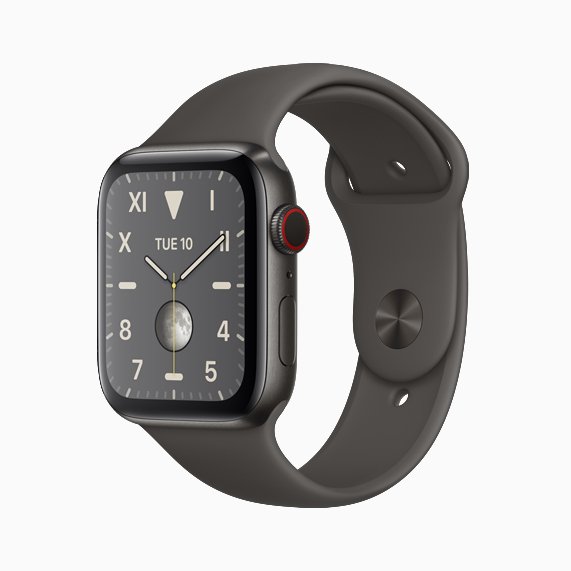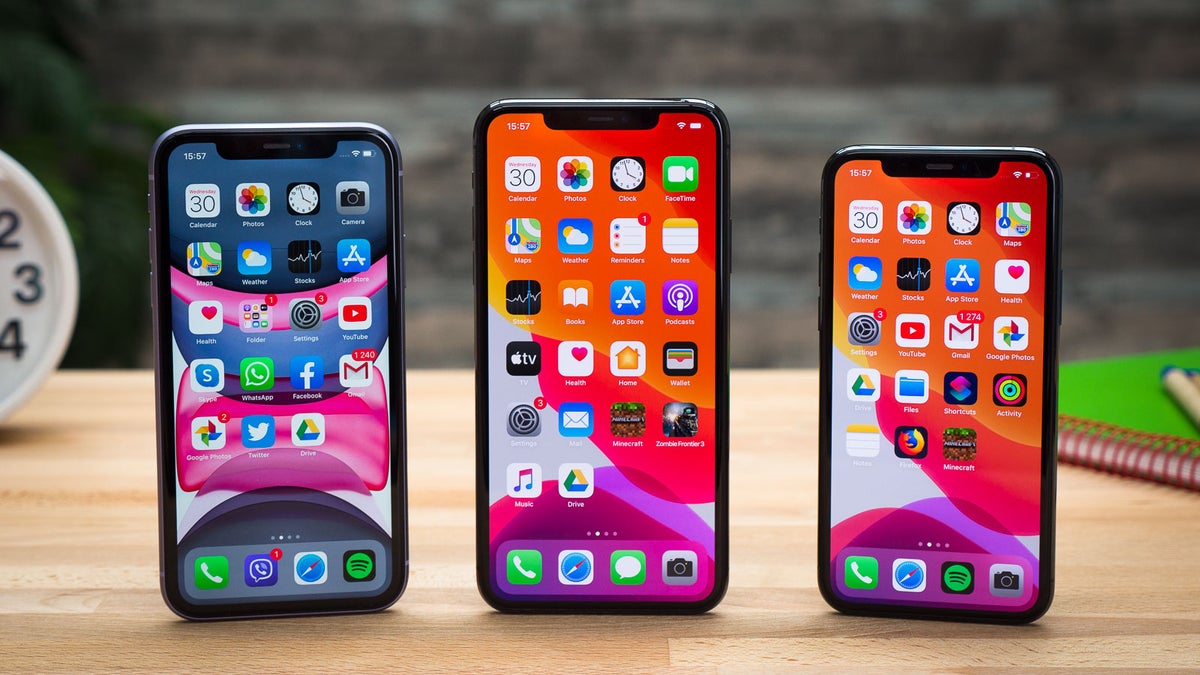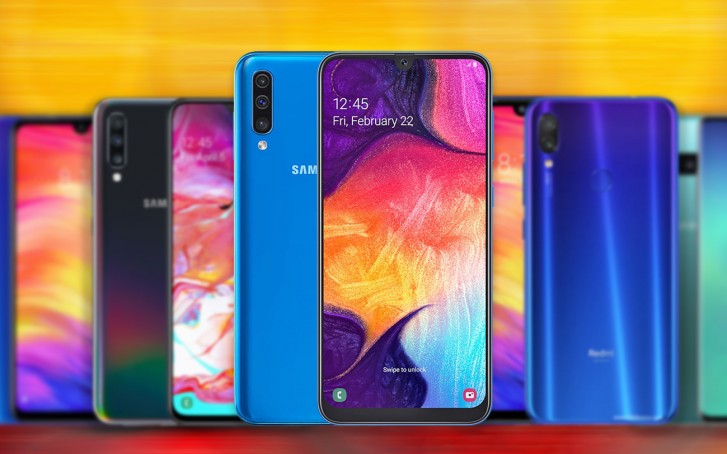In 2020, smartphone cameras have reached a new level of sophistication. From periscope zoom lenses to AI-enhanced photography, smartphones now rival professional cameras in many respects. But with so many options, it can be overwhelming to figure out which camera suits your needs. Here’s a guide to help you navigate the features and make an informed choice.
1. Identify Your Photography Goals
Start by determining how you plan to use your smartphone camera:
- Everyday Use: For casual photos of family, friends, and pets, you’ll need a versatile camera with good auto modes and reliable results in all lighting conditions.
- Social Media Content: If you’re capturing photos and videos for platforms like Instagram or TikTok, prioritise cameras with vibrant colours, video stabilisation, and easy-to-use editing tools.
- Professional Creativity: Budding photographers and content creators should focus on cameras with manual controls, RAW photo support, and high-resolution sensors.
2. Don’t Be Blinded by Megapixels
In 2020, manufacturers are pushing megapixel counts to the extreme, with phones like the Samsung Galaxy S20 Ultraoffering a massive 108MP sensor. While higher megapixels can provide more detail, they’re only part of the equation.
More critical factors include:
- Sensor Size: Larger sensors, like those in the Google Pixel 4, capture more light, improving image quality.
- Pixel Binning: Phones like the Huawei P40 Pro use this technique to combine pixels for better low-light performance, even with high megapixel counts.
3. Low-Light Photography Is Essential
Low-light performance has become a make-or-break feature for modern smartphone cameras. Whether you’re capturing cityscapes at night or indoor events, look for:
- Night Mode: AI-powered features, like the Night Sight mode on Google Pixel phones or Apple’s Night Mode, ensure sharp and bright low-light shots.
- Wide Aperture: A smaller f-number (e.g., f/1.8) allows more light into the lens, improving low-light performance.
- OIS (Optical Image Stabilisation): Reduces blur caused by shaky hands, particularly in dim lighting.
4. Video Features Matter More Than Ever
With platforms like TikTok, YouTube, and Instagram Stories booming, video capabilities are more important than ever in 2020. Features to consider:
- 4K and 8K Recording: Phones like the Samsung Galaxy S20 Ultra support 8K video, offering incredible detail. While 8K is still niche, 4K at 60fps is now standard for many flagships.
- Stabilisation: Features like Apple’s Cinematic Video Stabilisation and Google’s Super Steady Video on the Pixel 4 are essential for smooth footage.
- Slow Motion: Devices like the Sony Xperia 1 II excel in capturing super slow-motion at high frame rates.
5. Multi-Lens Systems for Versatility
Most flagship phones in 2020 come equipped with multiple lenses to suit different scenarios:
- Wide-Angle Lens: Ideal for landscapes or group photos, found on phones like the LG V60 ThinQ and iPhone 11 Pro Max.
- Telephoto Lens: Enables optical zoom without losing quality. The Huawei P40 Pro offers a 5x periscope zoom, while the Samsung Galaxy S20 Ultra achieves up to 10x hybrid optical zoom.
- Depth Sensors: Improve portrait mode by providing better subject-background separation.
6. Leverage AI and Software Features
Smartphone manufacturers are using AI to push camera capabilities even further. In 2020, look for:
- Scene Optimisation: Phones like the Samsung Galaxy Note 20 Ultra automatically adjust settings based on the scene (e.g., food, sunsets, or pets).
- AI HDR+: Found on the Google Pixel 4, it enhances dynamic range by blending multiple exposures into a single photo.
- Portrait Modes: Both Apple and Samsung offer advanced portrait features with adjustable background blur for professional-looking shots.
7. Test Real-World Performance
While specs are helpful, they don’t tell the whole story. Test or research the following aspects of a smartphone camera:
- Daylight Photography: Does it capture true-to-life colours and sharp details?
- Night Photography: Are low-light photos clear and noise-free?
- Shutter Speed and Focus: Is the camera quick to focus and shoot, even in challenging conditions?
8. Budget Options Still Deliver
In 2020, you don’t need a flagship phone to enjoy a great camera. Mid-range options like the Google Pixel 4a and Samsung Galaxy A71 offer excellent results at a fraction of the cost.
Top Smartphone Cameras in 2020
Here are some standout choices for 2020:
- Samsung Galaxy S20 Ultra: Unmatched zoom capabilities and a 108MP main sensor.
- Apple iPhone 11 Pro Max: Industry-leading video performance and Night Mode.
- Google Pixel 4: Exceptional computational photography with a simple interface.
- Huawei P40 Pro: Outstanding low-light performance and versatile triple-camera setup.
- OnePlus 8 Pro: A balance of flagship features at a more affordable price.
Final Thoughts
Choosing the right smartphone camera in 2020 comes down to understanding your priorities and matching them to the features that matter most. Whether it’s AI-powered photography, stunning video capabilities, or versatile multi-lens systems, today’s smartphones cater to a wide range of needs.
With technology advancing at lightning speed, there’s never been a better time to find a smartphone camera that fits your style and helps you capture life’s most precious moment




